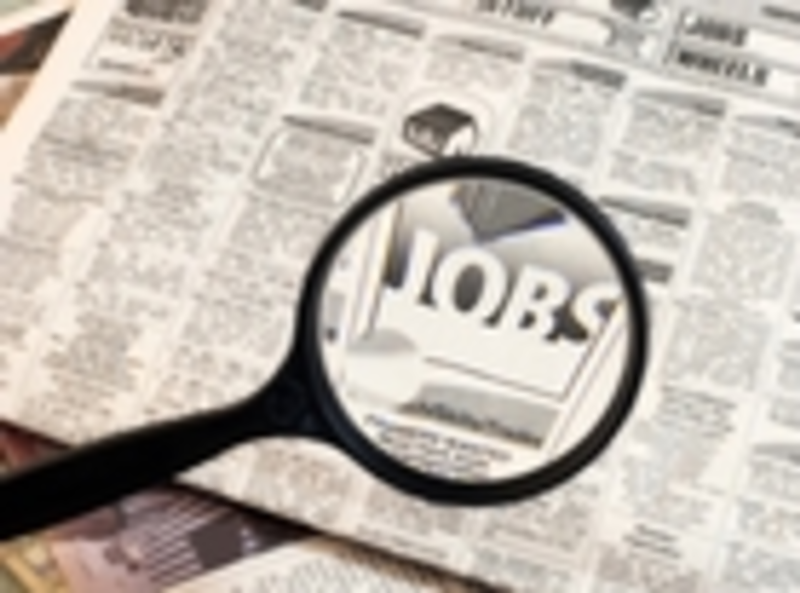There is an old saying that goes, “There are three kinds of lies: lies, damned lies, and statistics." It’s alternately been credited to writer Mark Twain and British Prime Minister Benjamin Disraeli.
No matter where it originated, though, the quote applies well to unemployment figures released by the U.S. Labor Department.
Earlier this month the Labor Department reported the nation’s unemployment rate dropped for the fifth consecutive month in January to 8.3 percent, its lowest level in three years. That is good news, but not quite as good as it first appears.
Using that measure, 12.3 million people are unemployed, which is a decline of 0.2 percent from December.
The number of long-term unemployed — those jobless for six months or more — was 5.5 million people, accounting for 42.9 percent of the unemployed.
Critics of how the government calculates the unemployment rate, however, say it’s misleading because it doesn’t count so-called “discouraged workers.” Those are people who are jobless and have looked for work sometime in the past year but aren’t currently looking because of real or perceived poor employment prospects. In other words, they’ve given up.
Federal data shows a disproportionate number of young people, African-Americans, Hispanics and men comprise the discouraged-worker segment.
Including those workers, the unemployment rate was 16.2 percent in January. Some analysts, however, believe that grossly understates the numbers. (The highest the rate got during the Great Depression was 25 percent in 1933.)
Here’s some context. In the modern era (1948-present), the U.S. unemployment rate averaged 5.7 percent — reaching a record high of 10.8 percent in November 1982 and a record low of 2.5 percent in May 1953.
As economist and New York Times columnist Paul Krugman has noted, “we started 2012 with fewer workers employed than in January 2001 — zero growth after 11 years, even as the population, and therefore the number of jobs we needed, grew steadily.”
Krugman added, “at January’s pace of job creation it would take us until 2019 to return to full employment.”
In a little noticed report, the nonpartisan Congressional Budget Office (CBO) stated last week that the rate of unemployment in the United States has exceeded 8 percent since February 2009, making the past three years the longest stretch of high unemployment in this nation since the Great Depression.
Additionally, the CBO — which is the official, objective analyst for the federal government — estimates that the unemployment rate will remain above 8 percent until 2014.
If that’s not depressing enough, consider this: The share of unemployed people who have been looking for work for more than a year — referred to as marginally-attached workers— topped 40 percent in December 2009 and has remained above that level ever since.
The CBO stated the high unemployment rate’s primary cause is weak demand for goods and services as a result of the recession and its aftermath, which results in weak demand for workers.
To produce the largest increases in employment per dollar of budgetary cost, the agency recommended reducing the marginal cost to businesses of adding employees; and targeting people most likely to spend the additional income — generally, people with lower income.
“Policies primarily affecting businesses’ cash flow would have little impact on their marginal incentives to hire or invest and, therefore, would have only small effects on employment per dollar of budgetary cost,” the CBO’s report stated.
“Despite the near-term economic benefits, such actions would add to the already large projected budget deficits that would exist under current policies, either immediately or over time,” it added. “Achieving both short-term stimulus and long-term sustainability would require a combination of policies: changes in taxes and spending that would widen the deficit now but reduce it later in the decade.”
Let’s make that clear — economic stimulus for poor people who would actually spend the money is most effective, and to have an impact the federal deficit needs to increase in the short-term.
Republicans, are you listening?


